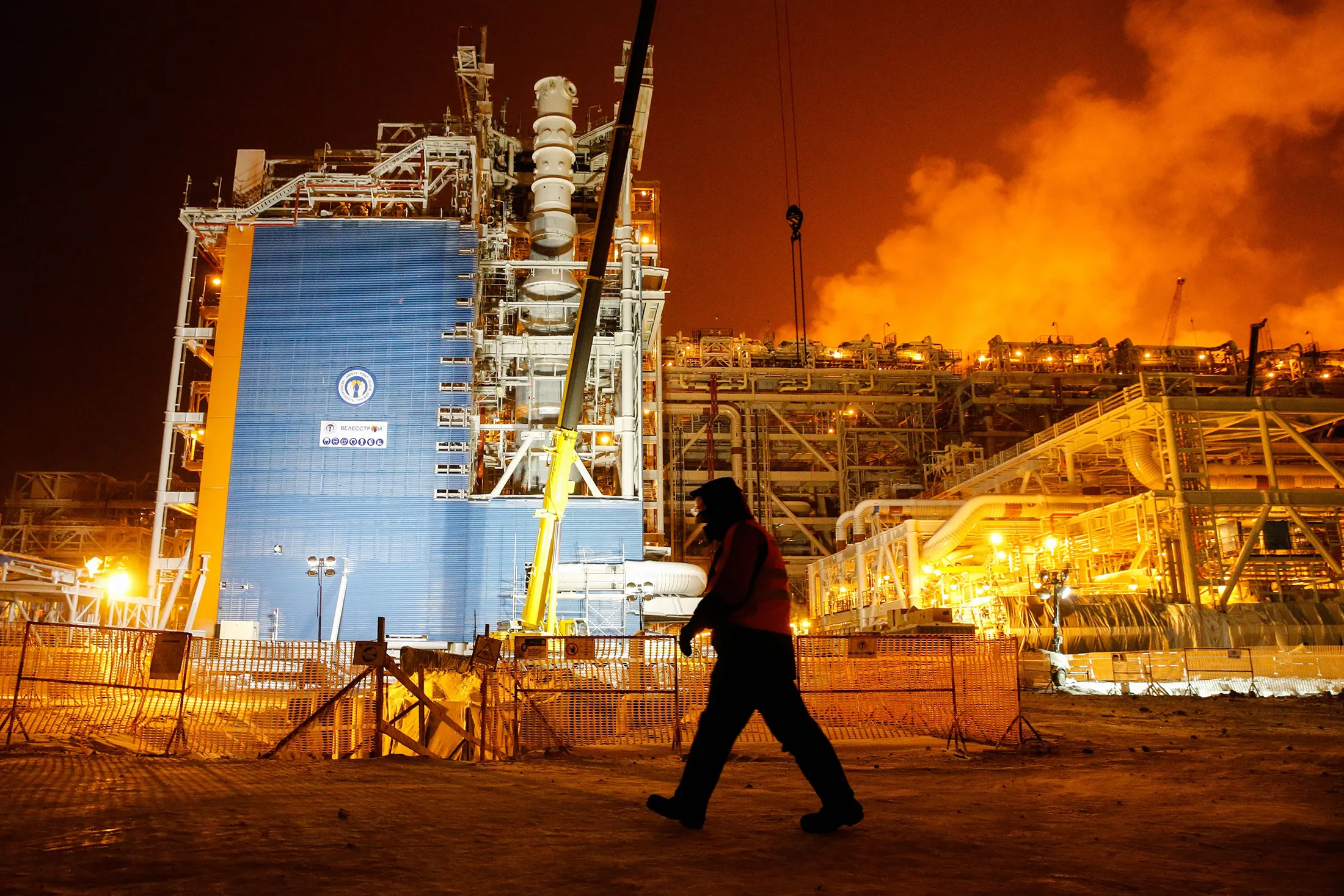The Arctic, rich in untapped energy and mineral resources, has long been under Russia’s influence, thanks to its extensive icebreaking fleet and infrastructure inherited from the Soviet era. This dominance has allowed Moscow to control critical trade routes and energy reserves in the region.
However, the growing interest of the United States, particularly under the Trump administration, has introduced new geopolitical dynamics. With the Arctic opening up due to climate change, both nations see an opportunity for cooperation, despite their complex diplomatic history.
President Donald Trump expressed keen interest in the Arctic, even reviving the controversial idea of acquiring Greenland. In response, Russia has sought to leverage this interest to push for sanctions relief and improved U.S.-Russia relations.
Russian President Vladimir Putin has welcomed U.S. attention in the region, viewing it as a chance to rebuild ties through mutual energy and trade initiatives. Moscow has actively engaged in discussions with Washington, proposing collaborative projects, particularly in liquefied natural gas (LNG) and mineral extraction.
Steve Witkoff, Trump’s special envoy, suggested that the U.S. and Russia could integrate their Arctic energy policies and jointly supply LNG to Europe. Russia, seeing an opportunity in Trump’s business-driven approach, proposed ventures in its mineral-rich Arctic territories.
Russian negotiator Kirill Dmitriev emphasized that the Arctic should not be a zone for Cold War-style politics but rather an area of economic collaboration. This approach aligns with Russia’s long-term strategy to attract investment from both Western and Middle Eastern partners.

Russia’s Arctic LNG Ambitions Hinge on U.S. Investment Amid Sanctions and Skepticism
Russia has invested heavily in its Arctic LNG projects, particularly in the Yamal Peninsula, which holds trillions of cubic meters of natural gas. Before Western sanctions, Russia aimed to control up to 40% of the global LNG market by 2030. However, sanctions have hindered progress, leaving Russia dependent on Western technology and expertise.
A potential U.S.-Russia deal could allow American firms to invest in these projects, receiving a share of the gas output for resale. This arrangement could also serve as a means for Washington to indirectly reintroduce Russian gas into Europe, despite existing sanctions.
While some in Washington view Arctic cooperation as a strategic opportunity, European allies remain skeptical. After the Ukraine invasion, Europe has drastically reduced its reliance on Russian energy and is unlikely to welcome efforts to restore pipeline imports. German officials have already dismissed the revival of the Nord Stream pipeline, citing geopolitical risks. Nonetheless, Russia continues to highlight its Arctic resources, including rare earth metals, as potential bargaining chips in negotiations with the U.S.
Russia Seeks U.S. Ties to Balance Arctic Dependence on China Amid Sanctions
Russia’s outreach to the U.S. is also driven by its growing dependence on China for Arctic investments. Following Western sanctions, Beijing has become a crucial partner in Russia’s Arctic expansion. However, Russian analysts warn that excessive reliance on China could limit Moscow’s strategic flexibility. U.S. policymakers, including Secretary of State Marco Rubio, believe that engaging Russia in the Arctic could serve as a counterbalance to China’s growing influence. However, analysts suggest that Washington lacks sufficient incentives to fully shift Moscow’s loyalties away from Beijing.
Despite the economic appeal, American firms face significant risks in re-entering Russia’s Arctic market. Russia has tightened regulations on foreign companies after witnessing the mass exodus of Western businesses following the Ukraine invasion. New legal frameworks could make it difficult for U.S. companies to exit once they invest. Additionally, Russia has a list of “unfriendly countries” that face trade restrictions, and any exemptions for American firms would require significant diplomatic maneuvering.
Historically, U.S. energy firms such as ExxonMobil and Halliburton have played roles in Russia’s Arctic sector but were forced to withdraw due to sanctions. The Trump administration’s efforts to rekindle economic cooperation with Russia in the Arctic face numerous obstacles, including regulatory uncertainties, European opposition, and Russia’s strategic alignment with China.
Whether a renewed partnership can materialize remains uncertain, but the Arctic continues to be a crucial battleground for geopolitical and economic influence.


